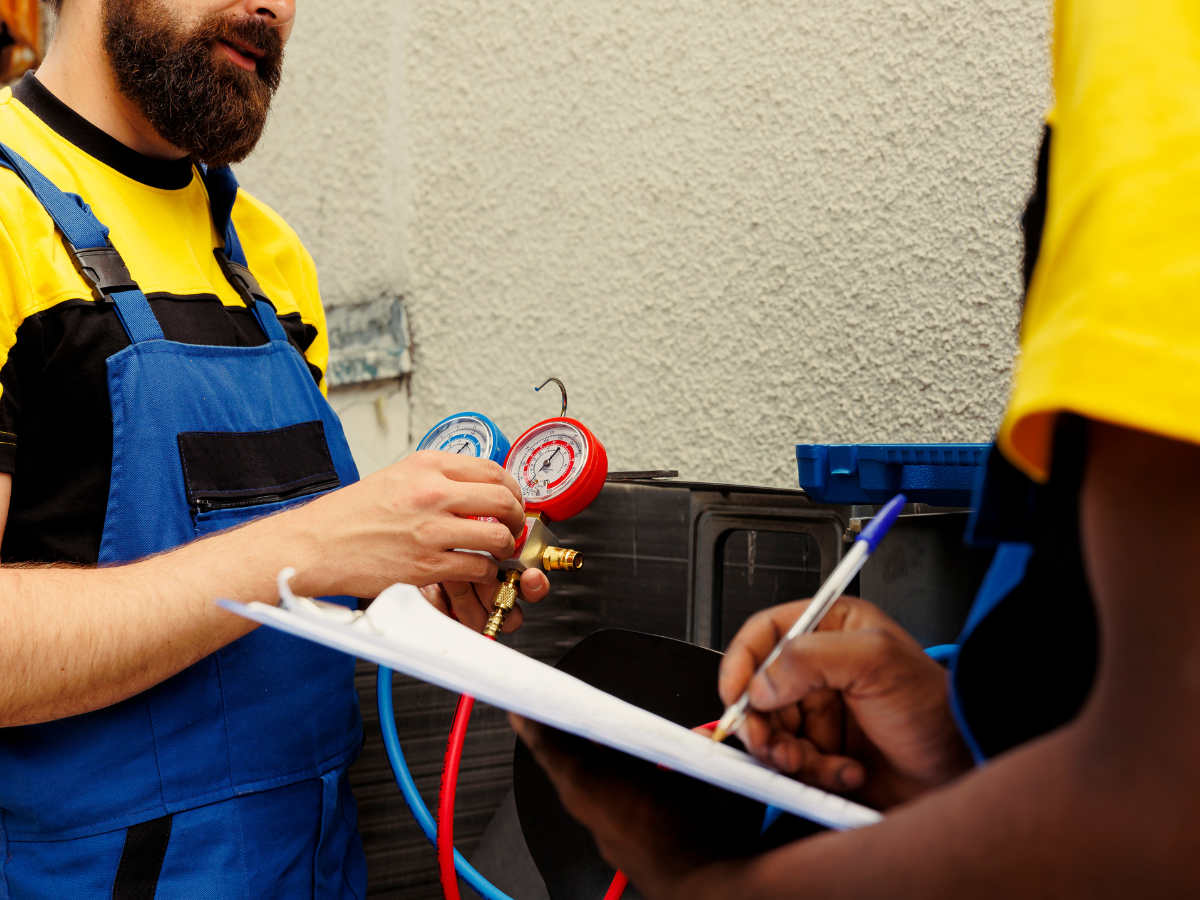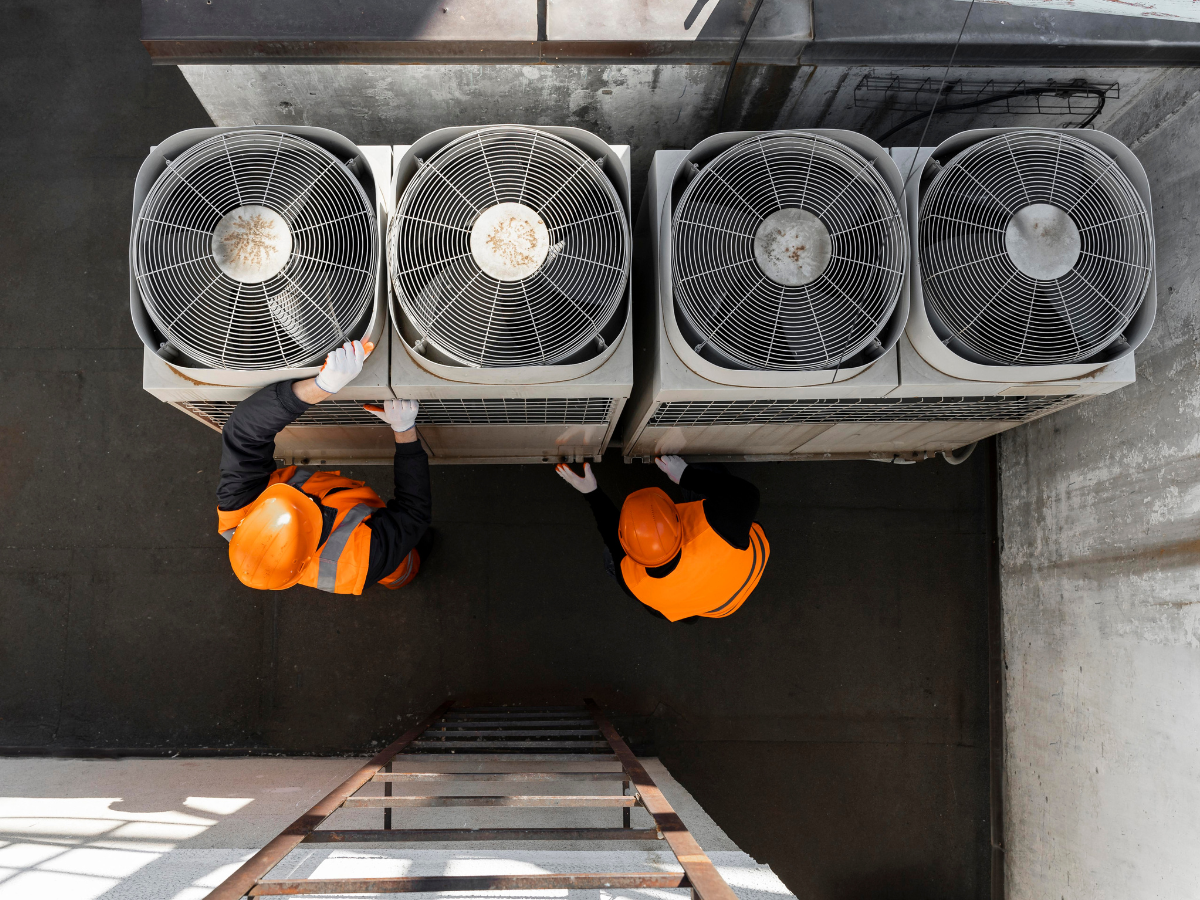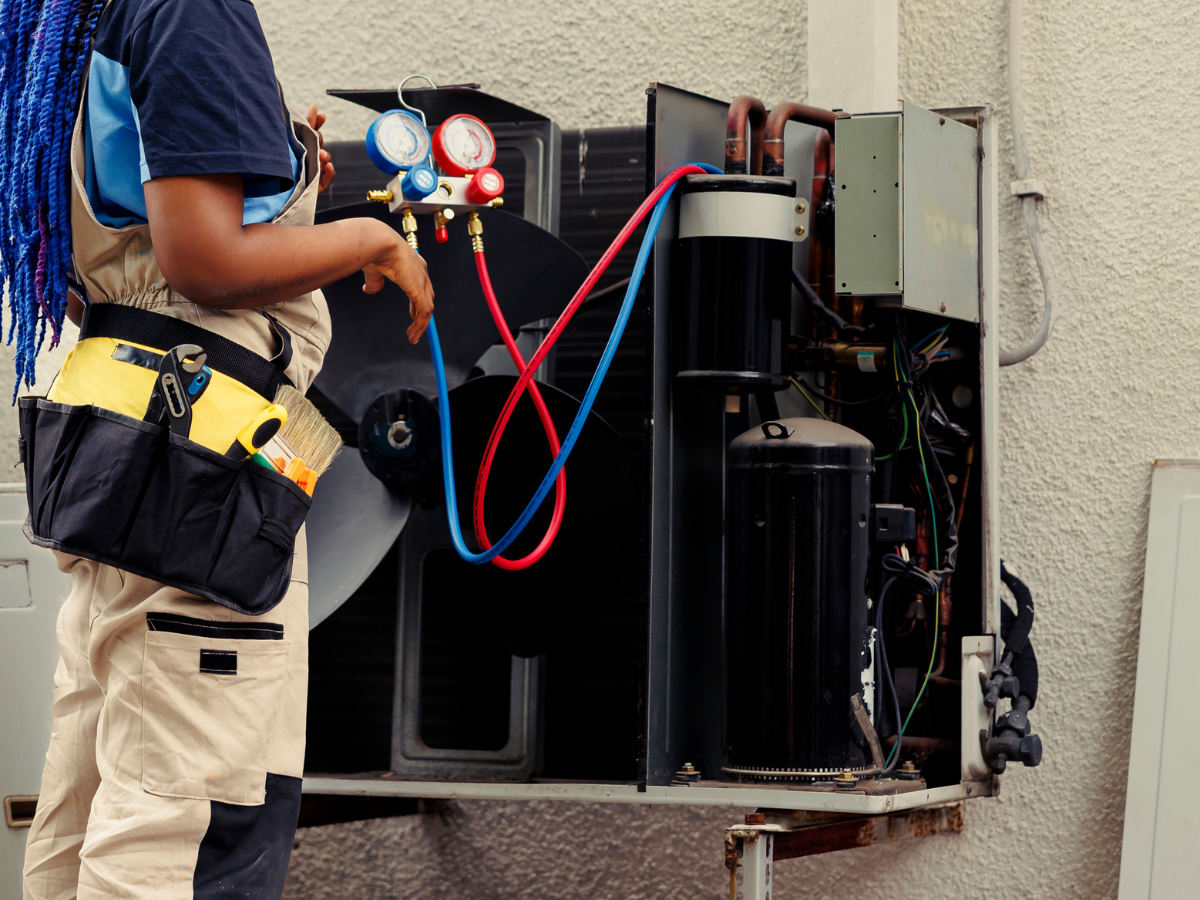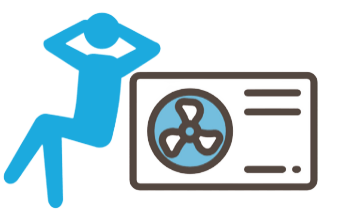Ductless Mini Splits Bellingham Wa
The Benefits of Installing a Ductless Mini Splits in Your Home
Are you looking for a new heating and cooling system for your home? Then you should consider a
ductless mini split. Mini split systems are an efficient, cost-effective solution that can reduce your energy bills while providing superior climate control. Read on to learn more about the benefits of installing a mini split in your home. Energy consumption is a major factor when selecting any type of HVAC system.
How it works
A
mini-split system consists of two main components— indoor units and an outdoor units. The indoor unit is typically wall mounted and is connected to an outdoor unit via refrigerant lines. This setup allows the indoor unit to extract heat from the inside air and transfer it outside, while simultaneously drawing in fresh air from outdoors. The outdoor compressor then circulates this cooled or heated air through vents in each indoor room for efficient climate control.
The Comfort Factor
Another great benefit of mini splits is comfort. Since each room has its own thermostat setting, everyone in your home can stay comfortable without having to constantly adjust temperatures manually or relying on central heating/cooling systems that may or may not reach every corner of your house evenly. Plus, many mini splits come with additional features like air purification systems and humidity control settings—allowing you to enjoy optimal comfort all year round!
Indoor units are also very quiet, making them ideal for bedrooms or living spaces where sound can be an issue. In contrast, traditional central AC units require loud fans to force air through ducts and vents.
The indoor air handling unit of a mini-split system is very different from traditional forced-air systems. Mini-splits have multiple fans that can be adjusted to control the airflow, as well as filters to help remove dust and other airborne particles from your home. This helps create healthier indoor air quality and improves ventilation, which can help reduce allergies and other respiratory problems.
Outdoor and indoor units are also easily installed, meaning that you don’t have to worry about major renovations or construction. A mini-split system also requires less maintenance than traditional systems since it doesn’t require extensive ductwork or filters.
Mini split heat pumps are an excellent option for homeowners looking to upgrade their heating and cooling systems. They are energy-efficient, cost-effective, and offer superior climate control. Plus, they’re easy to install and require little maintenance—making them one of the best investments you can make in your home! Contact us today for more information about how you can enjoy all of the benefits of installing a mini-split in your home!
Central forced air systems often require extensive ductwork, which can be costly to install and maintain. Additionally, these systems tend to suffer from inefficiencies due to air leakage through the ducts. On the other hand, mini-split systems do not need bulky ductwork, allowing for more efficient operation with less energy waste.
Air conditioning and heating options are an important part of any home. If you are looking to maintain an optimal temperature in your home while avoiding high costs, a mini-split system is an answer!
Heating systems are essential for keeping your home comfortable during the winter months, and there are a variety of options available. Space heaters, boilers, and furnaces are all common types of heating systems, but if you’re looking for a more efficient option that can also provide air conditioning in the summer months, a mini-split system is an excellent choice.
Mini-splits use separate indoor and outdoor units connected by a conduit to transfer heat between them. This helps to maintain a consistent temperature and eliminates the need for expensive ductwork or costly repairs.
In short, installing a ductless mini split system in your home can provide numerous benefits including improved energy efficiency, cost savings over time, enhanced climate control options for individual rooms, and increased levels of comfort overall! If you’re looking for an efficient heating and cooling solution for your home this summer (or any other time), be sure to consider a ductless mini split system as one of your options!
You might also like




